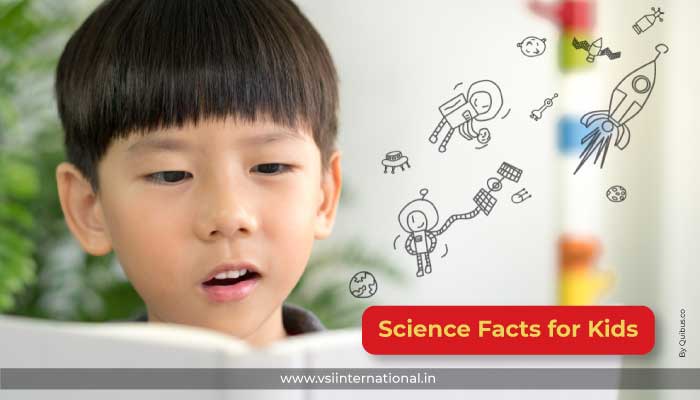
Fun and Amazing Science Facts for Students and Kids That You Need to Know
Today we are presenting amazing science facts for students and kids, which they must know. For example, why does the Moon disappear during the day? How does the rain come from clouds? Kids asked hundreds of such questions! They are curious to know the answers, which seem to them as a mystery. So, instead of becoming irritated or loud at them, you should answer them calmly.
Not everything is science, neither is it magic, and this is only the parents and teachers, who can tell them at a very early age. However, if you are looking for ways to make your kids smarter, these science facts are useful. The more your child will ask and get curious about things, the more he will learn. That’s the reason why you should read more science facts for students and kids and tell them also. In school, there should be separate classes or workshops to teach children these amazing science facts.
These are some stunning and funny facts of science that kids should know. Some of the basic facts about science and technology are given below, which you should teach your child.
Facts About Earth
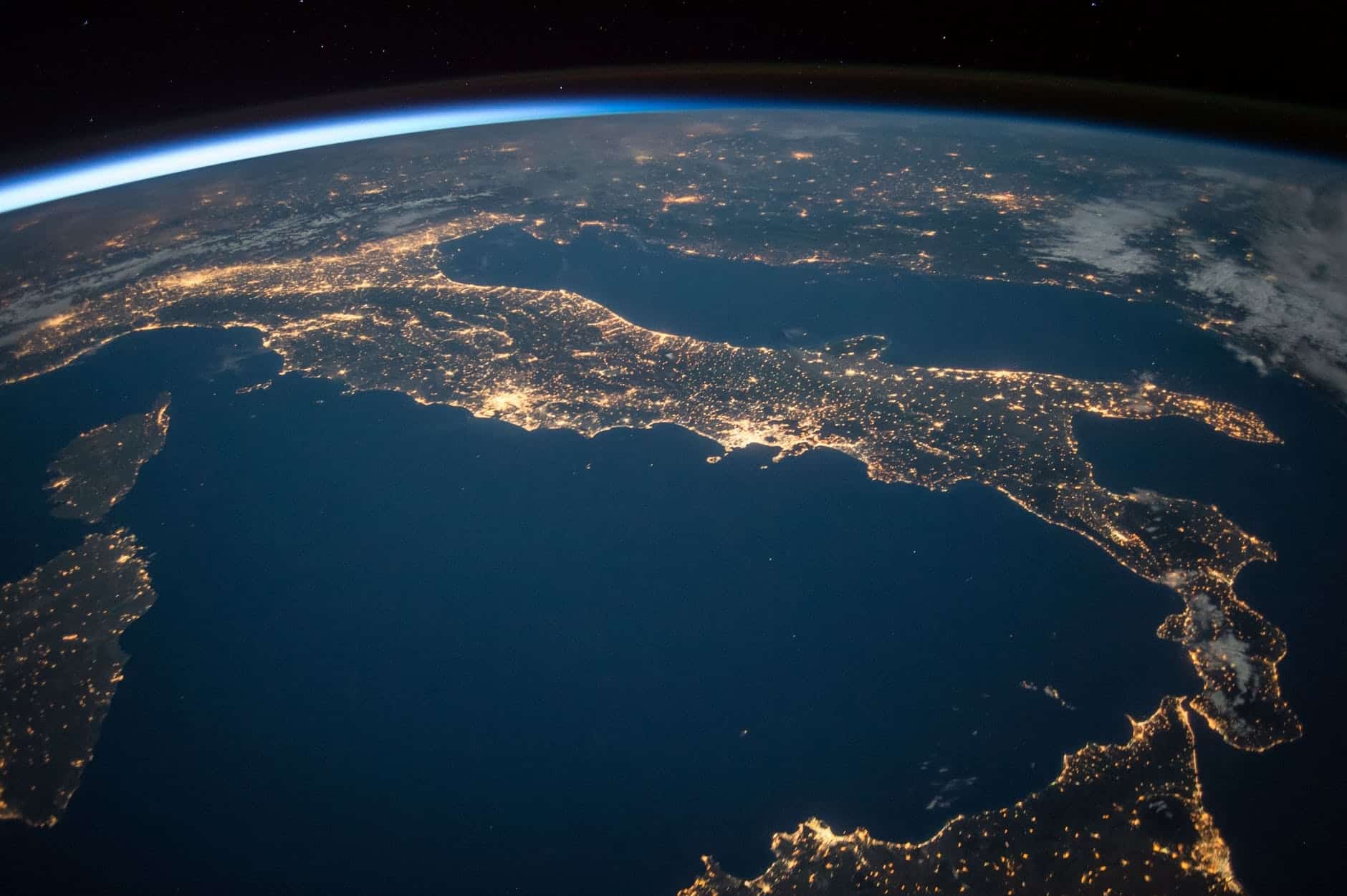
- The Moon cannot only be seen at night. Many children ask this question! At some specific location relative to the Earth and the Sun, the Moon can also be seen in the daytime. During the day, the Moon will appear white or grey because of the sunlight it reflects.
- 70% of the Earth is covered by water. This is an amazing science fact for students and kids that makes them crazy. Tell them more about our ocean bodies, and they will love to hear all of this.
- Earth is the only planet in the solar system which supports life. No planet other than Earth has an atmosphere where humans can survive. Yes, we are trying to establish life on Mars, but it will take many more years.
Animal Facts for Kids
Animals themselves are amazing beings. They often show unique and sometimes very unusual behaviour, and you might wonder to hear some science facts about animals.
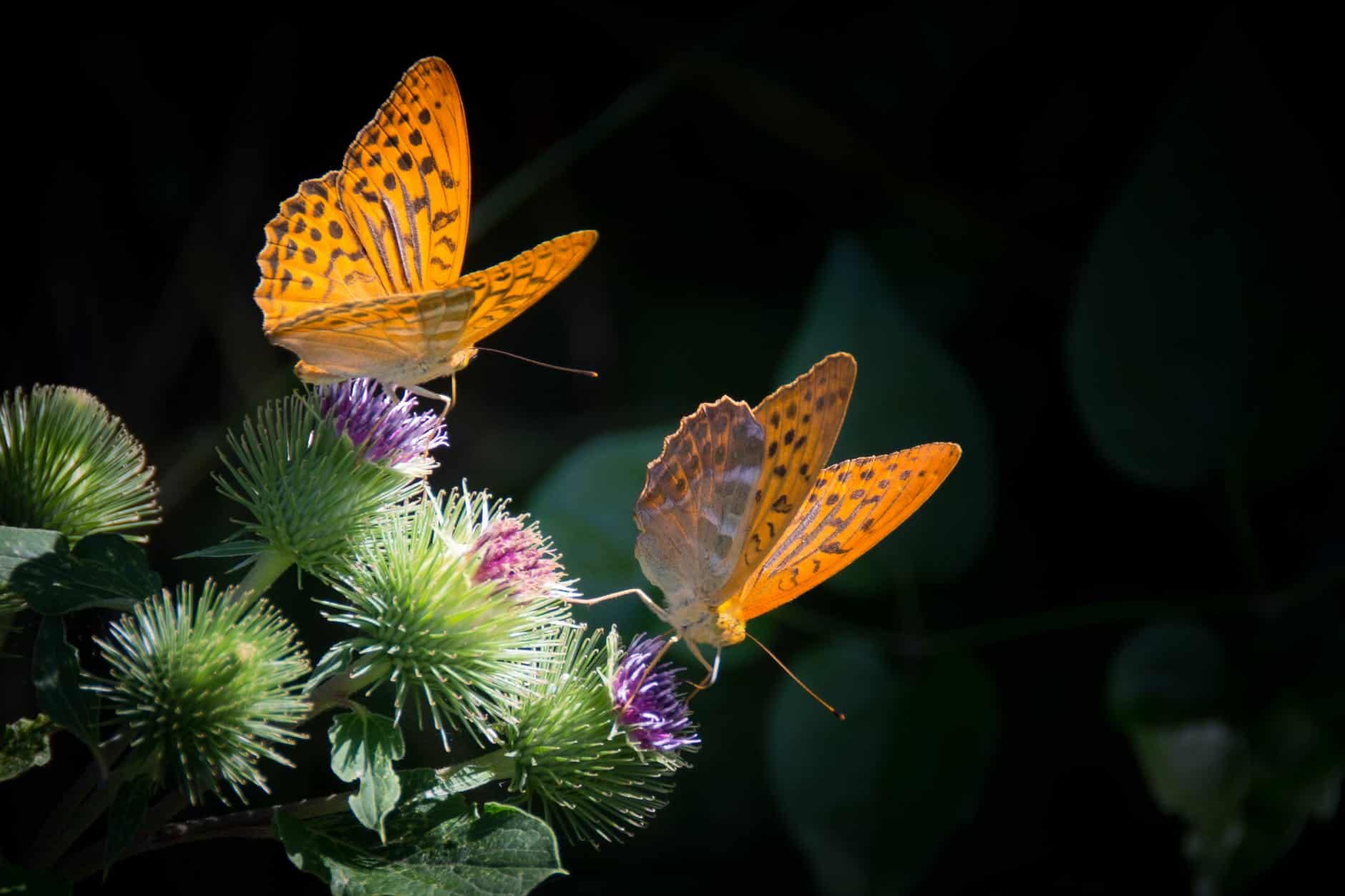
- Rabbits and parrots can see behind themselves without moving their heads! An interesting science fact for students and kids that equally amazes them.
- Butterflies eat their food by standing on top of it! Unlike humans, their feet work like their taste receptors.
- The fingerprints of a koala are the same as humans that are often confused at a crime scene.
- Slugs have four noses.
- Another science fact for students is that elephants are the only animal that can’t jump.
- A rhinoceros’ horn is made of hair.
- It takes a sloth two weeks to digest its food.
- Approx. 3% of the ice in Antarctic glaciers is penguin urine.
- Bats always turn left when leaving a cave.
- The eye of an ostrich is bigger than its brain.
- Frogs cannot vomit. If one has to do so, it will vomit its entire stomach.
Interesting facts about the Sun
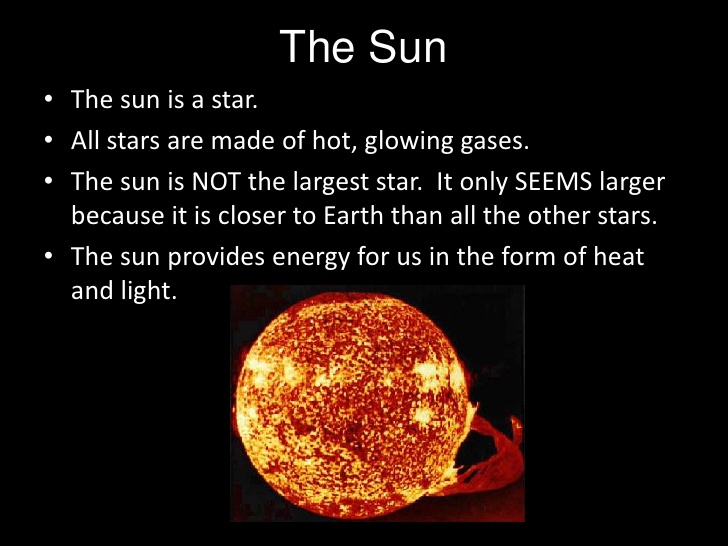
- The Sun doesn’t disappear at night. The Earth is a giant sphere that is spinning. The Sun shines on the Earth all the time; the side of the Earth-facing towards the Sun, will undergo daylight while the side, away from the Sun, experiences night.
- The Sun is a star, and it is positioned at the center of the Solar System. Unlike other stars, the Sun brightens with its shine. This is among the most popular science facts for students and kids.
- The Sun is not smaller than the Earth. The Sun appears smaller in size from Earth because it is very far from it. However, It has a diameter of about 1,392,000 kilometres which is about 109 times that of the Earth.
Geography Facts for Kids
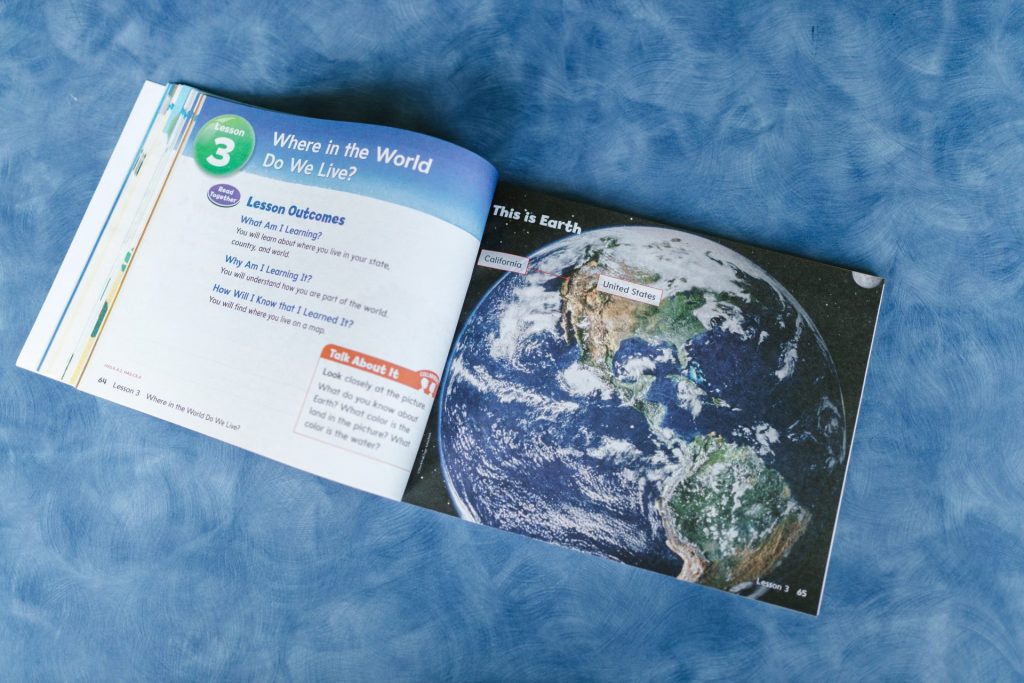
- Rain doesn’t come from holes in clouds. We all once thought like that! Clouds always have water vapour and droplets, but these droplets or condensed water are too small to fall as rain. Due to the evaporation and condensation, the water droplets grow collision of the water bits grows. And when it is enough, the droplets fall from the cloud as rain. Don’t forget to tell this science fact to students.
- The largest continent is Asia. Among the seven continents, Asia has the largest area. It also has the largest population among all. And, why not? India and China, the most populated countries, are part of Asia.
- Every minute, the earth witnesses 2000 thunderstorms. An amazing yet scary science fact for kids. Yes, these scary thunderstorms are happening every minute at different places of the Earth.
- Just as we recognize our relatives, plants also have this special ability to recognize theirs. They also give them special treatment. Another interesting plant fact here is that many people talk to their plants.
Biology Facts for Kids

- Most of the dust in your home is dead skin! Yes, we always think it is due to the sand or other air particles, including your dead skin. These are among the science facts for students that will make them think and learn many things regarding their bodies.
- Sneezing with your eyes open is impossible. This is something that kids can observe. When we tell this to kids, most of them start trying to sneeze at the same moment. These science facts for students and kids made them crazy, and you’ll see a smile on their faces too.
- Humans are born with 300 bones. If your kid is interested in science, then they will probably know that we have 206 bones. If they know, then tell them that they are born with 300 bones. We all are born with 300 bones, but as time passes, some bones merge. So, when we grew older, we had a total of 206 bones.
Science Facts about Physics and Chemistry
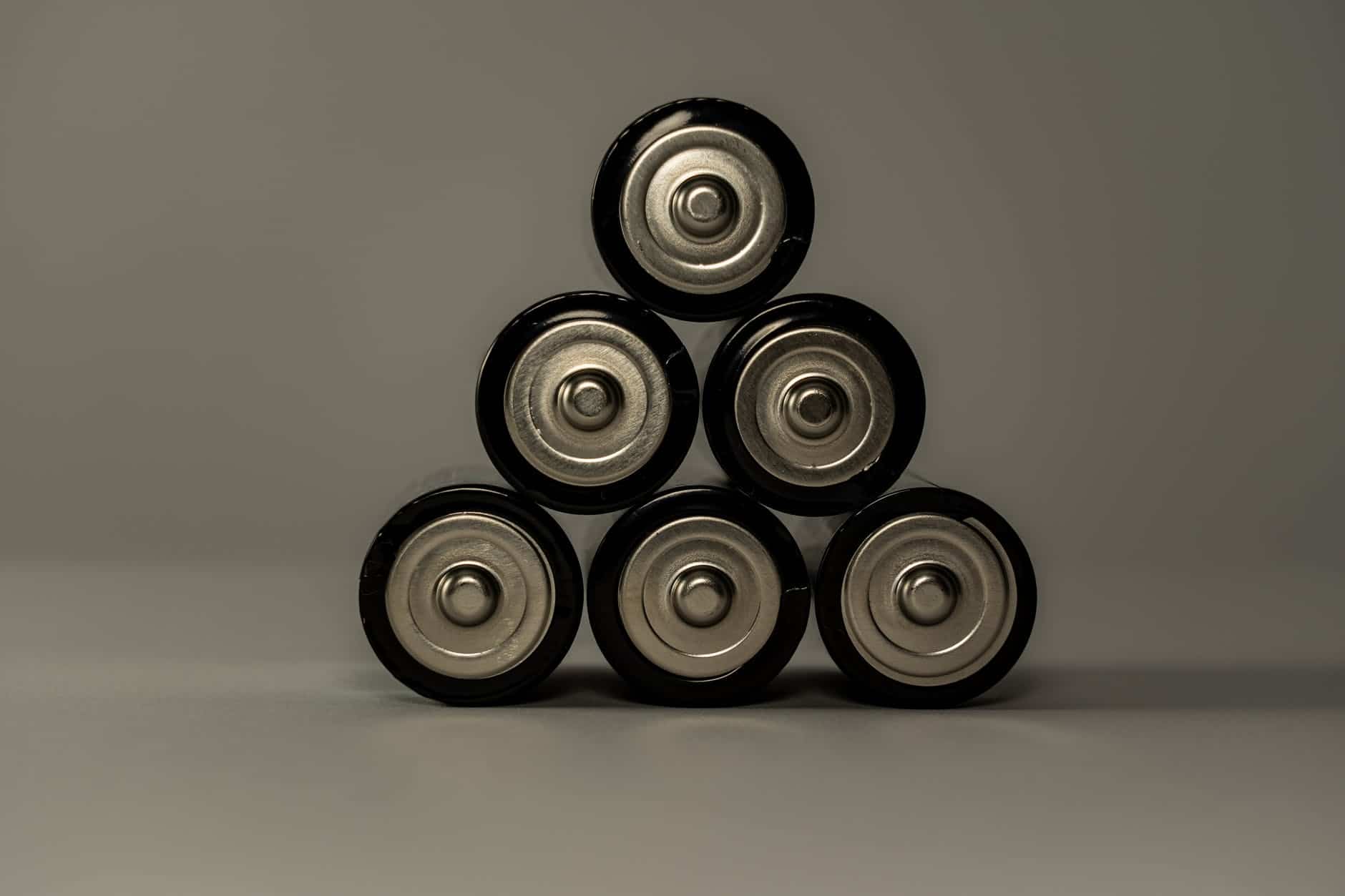
- Batteries don’t have electricity inside them. This may sound silly as an adult, and you may say, ‘who doesn’t know that?’ But this is a fact for children. A battery has chemical energy in it, and it is a chemical reaction that converts chemical energy into electricity.
- Heat is energy. Yes! Heat is a form of energy. The atoms of a hot object and molecules have rapid movement, while colder objects are less excited and show less movement.
- Objects don’t float in water because they’re lighter than water. An object floats over water when it weighs the same as or less than the weight of the water it displaces.
Facts About Space for your Child
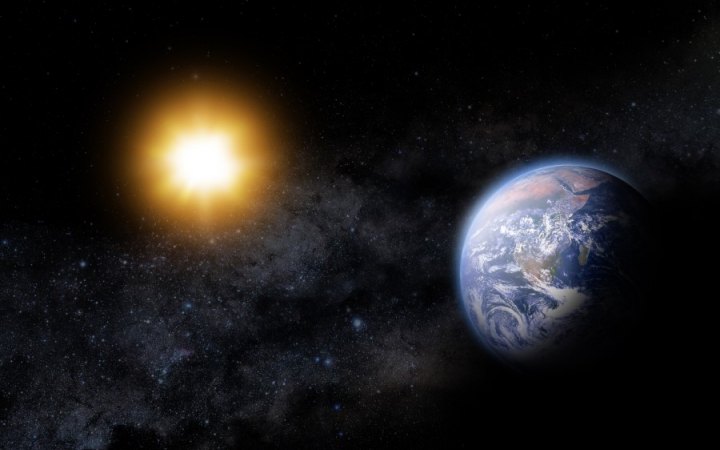
- Humans become a little taller in space as no gravity pulls them down. This is an amazing science fact for students and kids, but first, you need to teach your kid a little bit about gravity. You can take the help of an apple as gravity is widely taught in this way.
- Jupiter, Neptune, Uranus and Saturn are the planets where you can’t walk. These planets are made up of gases and don’t have a solid surface where we can stand. So, you’ll fly here and there but can’t land.
- Moon does not have light. Kids see the Moon at night and think that the Moon has such a bright light. But that’s not the case. This is the light of the Sun that bounces off and reaches the Earth. The moonlight is actually the sunlight.
Food Facts for Kids
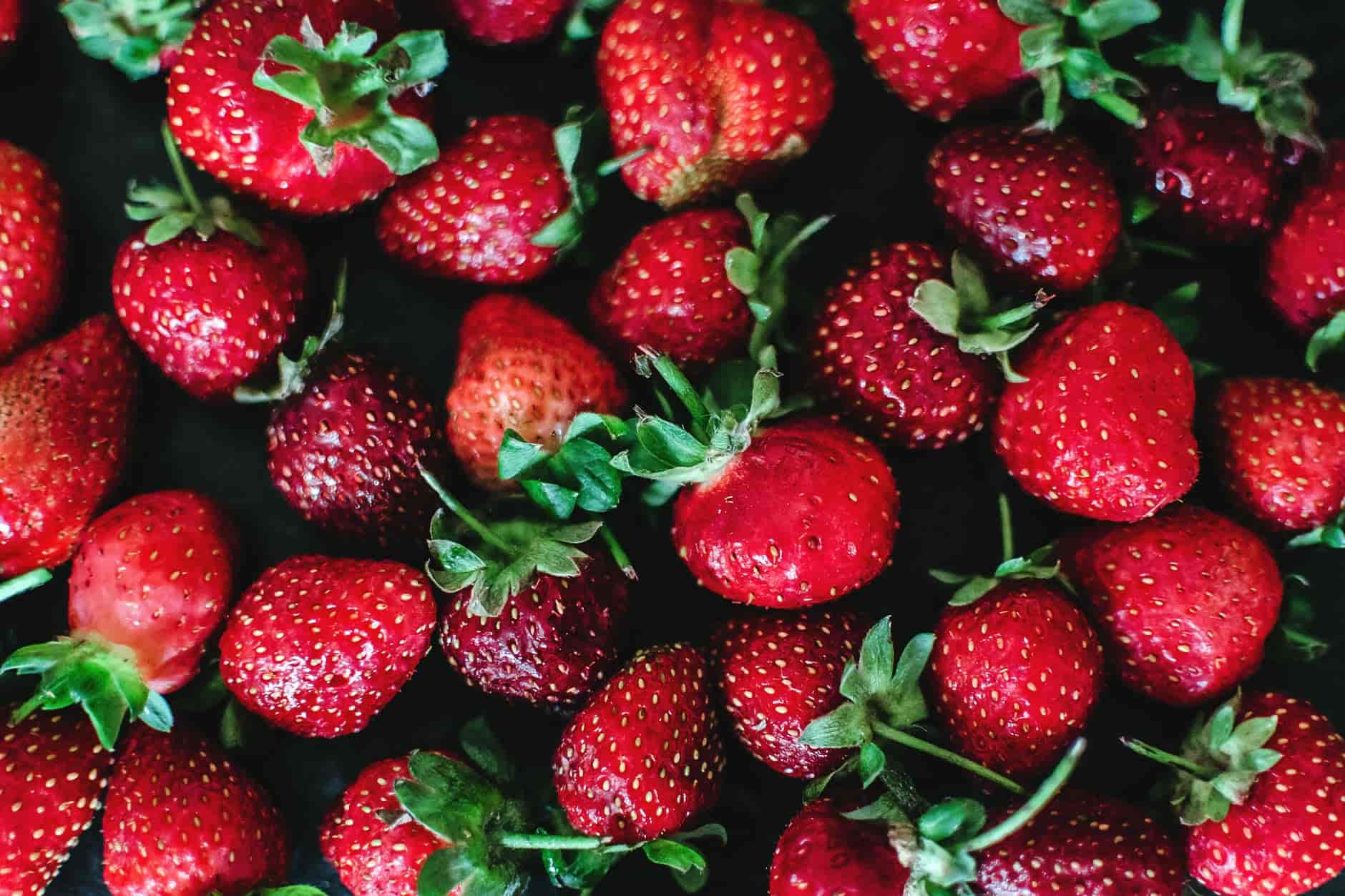
- Seeds of the strawberries are outside. They are unique in this way, and there is no discussion on their taste. An interesting science fact for students is that they even have 600 different varieties.
- Sugar doesn’t cause cavities. The main culprit here is the bad bacteria present in our mouths. These bad bacteria love sugar and produce acid. And, this acid is the actual cause of cavities.
- Milk makes your bones strong. An important food fact for kids that your child must know about. Milk has calcium in it that is proven for making our bones stronger and mighty.
History Facts for Kids
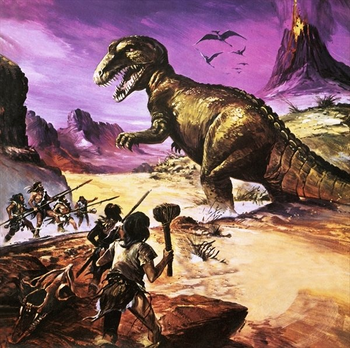
- Dinosaurs and cave dwellers did not live at the same time. An amazing science fact for students and kids that can amaze even elders. No one has seen dinosaurs alive as people never coexist with the dinosaurs. They are well separated concerning geologic time. Humans came 65 million years after dinosaurs.
- Our Indian culture is the oldest. Amazing historical facts for kids that will inspire them to learn more about Indian culture and its beauty.
- Walt Disney started sketching at the age of 4. We all have watched Mickey Mouse, and it’s his voice behind the most popular cartoon character. He is among those who made our childhood better.
Technology Facts

Many children of today’s generation are Technology freaks! If your child is also one of them, they must ask some questions related to it. However, there are some interesting facts about science and technology, and you can tell them which we use every day.
- The first home video game was developed in 1967. It was called a brown box then as it looked like one.
- World’s first computer was ENIAC which weighed around 27 tonnes and occupied an entire hall.
- The internet and the World Wide Web both are different things.
- Although Leonardo Da Vinci sketched the plans to build a robot way back in 1495, Robotics is one of the fields that scientists are focusing on now.
Funny Facts of Science
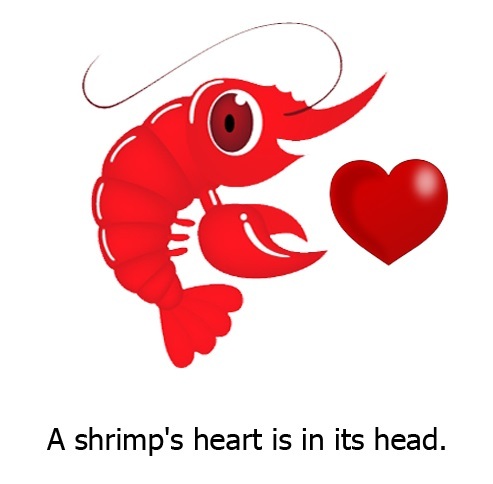
- The most difficult tongue twister in the English language is “Sixth sick sheik’s sixth sheep’s sick”. Try it yourself.
- Even a broken analog clock shows the correct time at least twice a day.
- The heart of a shrimp is in its head.
- A snail can sleep for three years. This scientific fact for students and kids amazes most of them as they think about how someone can sleep for three years. And, the funny part here is they even try to sleep more.
Interesting Human Facts

- Each day, our mouths produce around one litre of saliva!
- Sometimes, our brain works harder when we sleep than when we’re up.
- An adult’s blood vessels could circle the Earth’s equator four times if laid end to end.
- Ancient Romans believed that flexed bicep muscles looked like little rats, which is why “muscle” originates in Latin.
- Bodies give off a tiny amount of light that’s too weak for the eye to see.
- In 67 different kinds of organisms, the belly button of the average person contains germs.
- Each year, we lose 4 kilograms of skin cells.
- Babies don’t shed tears until they’re at least one month old.
- At about 400 kph, information travels via nerves!
- Over three billion heartbeats occur in an average human lifetime.
Fun Science Facts about Bones

- There are 206 of them in an adult human body.
- The human foot has 26 bones.
- There are 54 bones in the human hand, including the wrist.
- The longest and sturdiest bone in the human skeleton is the femur, sometimes known as the thighbone.
- The smallest and lightest bone in the human skeleton is the stapes in the middle ear.
- Nearly half of all adult broken bones are in the arms, making them one of the most often broken bones. The most often broken bone in children is the collarbone.
- During puberty, the lengthening of bones stops. But as we age, our bone density and strength will vary.
- The hyoid, a V-shaped bone at the base of the tongue, is the only bone in the human body not attached to another bone.
- Collagen, along with other minerals like calcium, phosphorus, and sodium, is what makes up bones.
- Bones serve as the body’s skeleton, allowing for movement and safeguarding internal organs from harm from impacts. Additionally, they create white and red blood cells.
Facts about the Rainforests
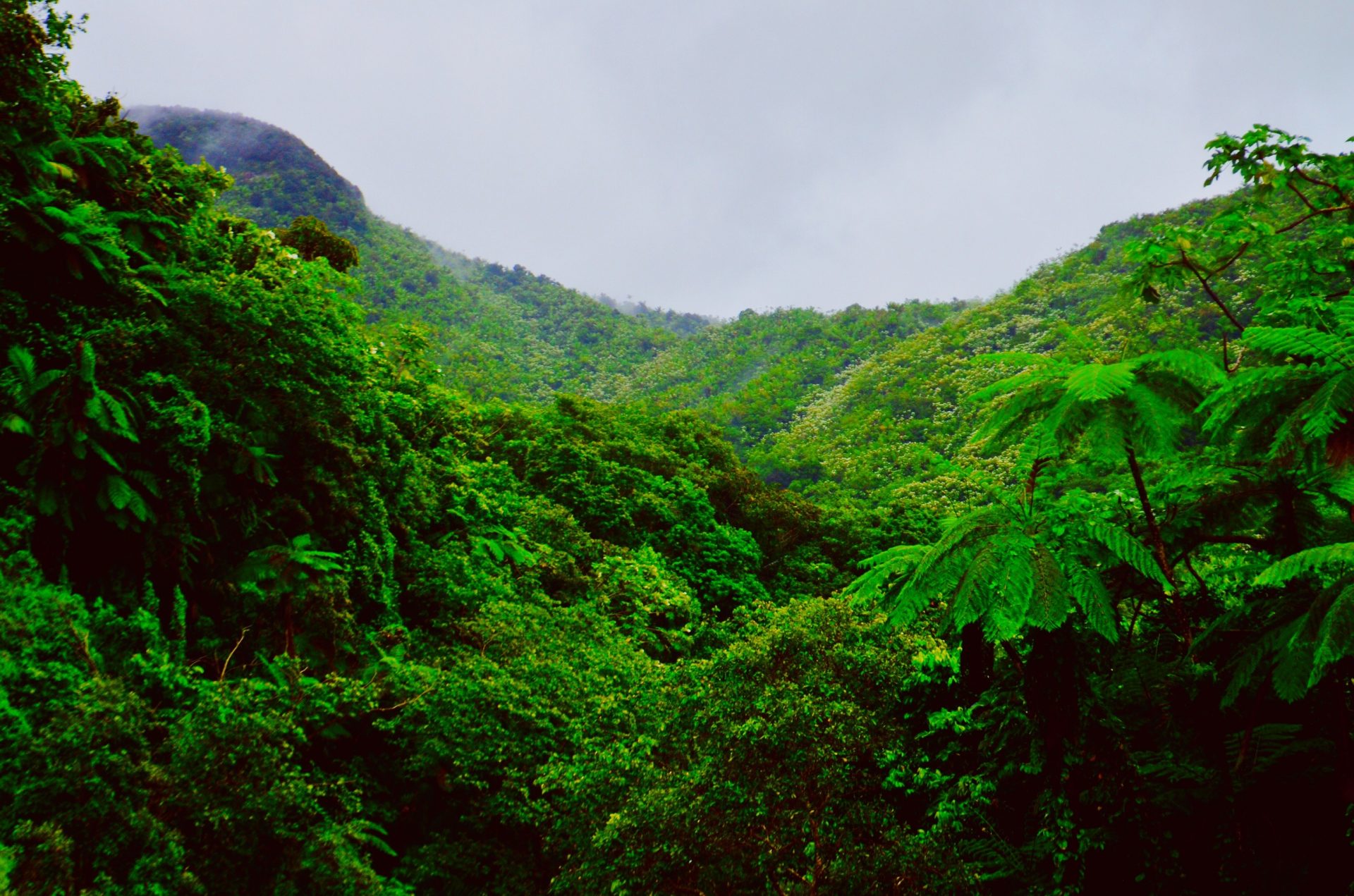
- Less than 10% of the earth’s land surface is covered by rainforests.
- The Amazon Basin has 20% of the freshwater in the entire world.
- There are no seasons in a large number of tropical jungles. The year-round weather is consistent.
- The forest floor, understorey, canopy, and emergent layers are the four categories into which the trees and plants in the rainforests can be categorized.
- Living in rainforest trees are sloths. With the help of their firm, curved claws, they hang underneath branches while moving very slowly. Sloths are known for moving incredibly slowly but are also excellent swimmers.
- In the jungle, some plants can grow without soil. These ‘air plants’, epiphytes, can thrive solely on dampness and strong rains.
- The rainforest is the source of many products we use and consume daily, including coffee, chocolate, rubber, oil, and colour dyes.
- Tapirs are related to horses and rhinoceroses. Similar to how an elephant uses its trunk, they use its prominent nose and top lip.
- An African huge swallowtail butterfly has a wingspan of more than 25 centimetres. It is perilous and should be avoided at all costs.
- Every 20 minutes, an area of rainforest the size of 20 football fields is cleared. If current trends continue, no rainforests will be on Earth in 100 years! This is why we must do all possible to protect them.
Facts about the Weather
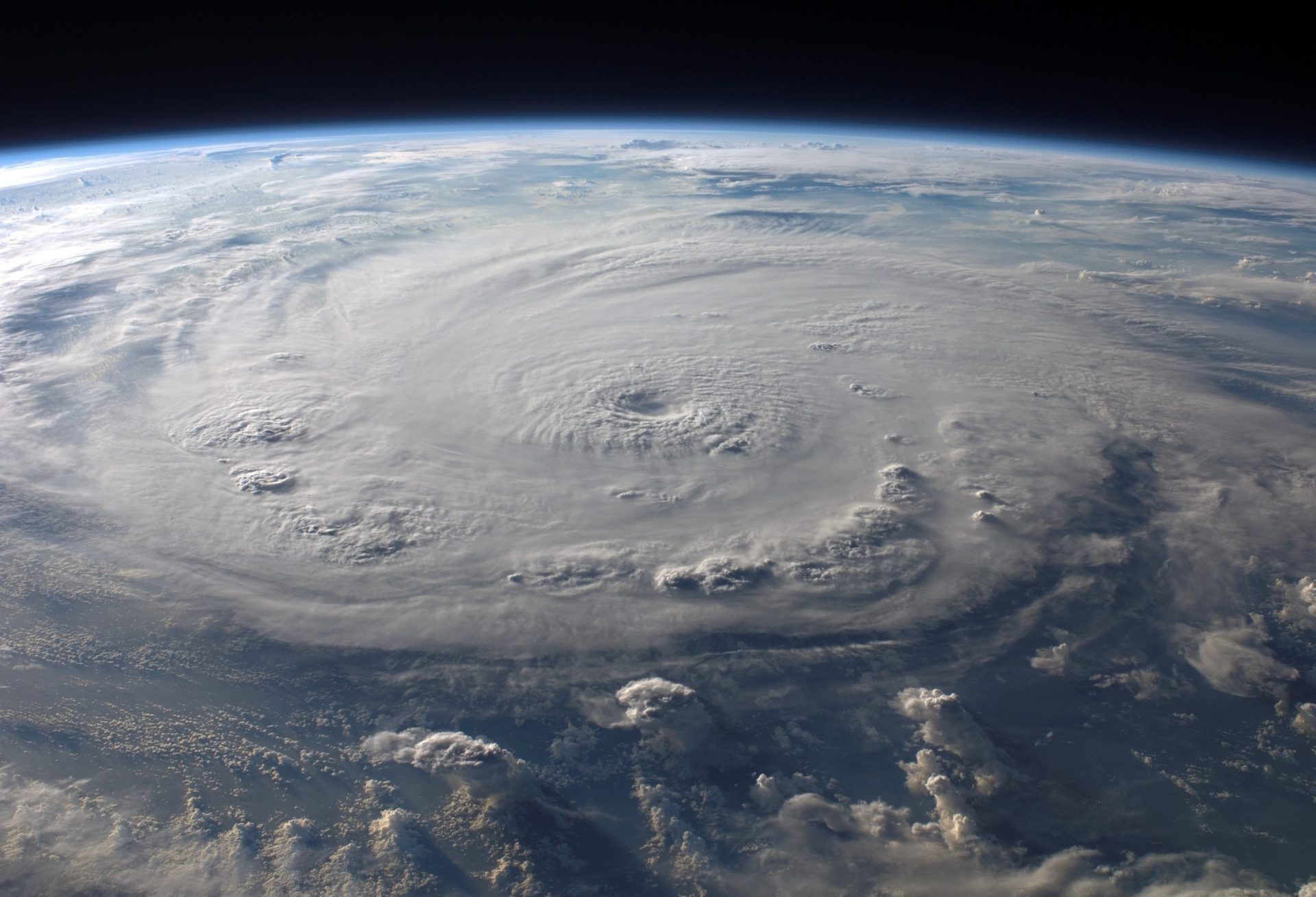
- The UK’s hottest day was 35.9°C on the 3rd of July 1976, at Cheltenham.
- In Death Valley, California, USA, during the summer of 1913, the temperature hit 56.7°C, the highest temperature ever recorded on Earth.
- The coldest temperature ever recorded on Earth (-89.2°C) was measured on July 21, 1983, in Vostok, Antarctica.
- At Honister Pass in Cumbria on the 5th of December 2015, 341mm of rain fell in a single 24-hour period in the United Kingdom.
- Lightning is hotter than the sun, with a maximum speed of 218,871 km/h and a maximum temperature of 30,000 °C!
- There are about 2000 thunderstorms on Earth at any given moment, and 100 lightning strikes hit the planet every second.
- The UK’s record-breaking wind speed was 278 km/h on Cairngorm Summit on March 20, 1986.
- Snowflakes can take up to an hour to reach the earth while falling at 3-6 km/h.
- The River Thames froze entirely for two months in 1684 due to the extreme weather.
Water Science Facts
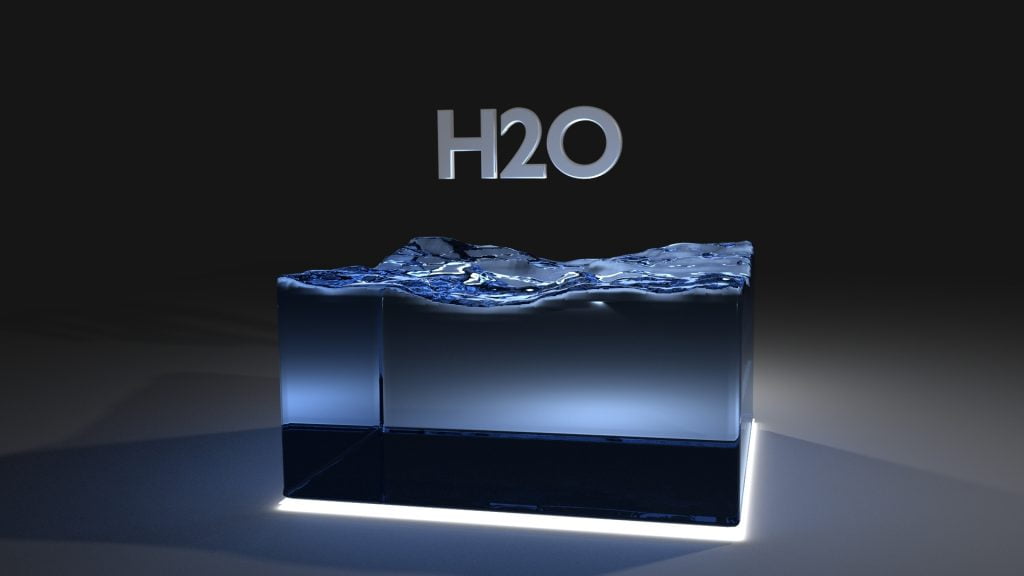
- Water is made up of two elements: hydrogen and oxygen. H2O is its chemical formula.
- Each water molecule comprises two hydrogen atoms bonded to a single oxygen atom.
- Water is required for life to survive on Earth.
- Water is available in three states: liquid, solid, and gas.
- The term “water” usually refers to liquid water. Water in its solid state is known as ice, whereas water in its gas state is known as steam or water vapour.
- The Pacific Ocean (biggest), the Atlantic Ocean (second largest), and the Indian Ocean (third largest) are the three largest oceans on Earth.
- The Mariana Trench is located in the Pacific Ocean.
- The Mariana Trench, located in the Pacific Ocean, is the world’s deepest known place in the oceans.
- Ocean tides are created by the Earth’s rotation and the gravitational pull of the Moon and Sun on ocean water.
- Seawater is water from a sea or ocean. Every kilogram (2.2lb) of saltwater contains around 35 grams (1.2 oz) of dissolved salt.
How to Generate Interest in Science?
1. Playing Games
Apart from these amazing science facts for students and kids, games can be a great solution here. There are many games which you can buy for your kids. Playing quality games can increase their knowledge and interest in science. In addition, there are games for kids at school that can also improve their overall learning.
2. Nature Bond
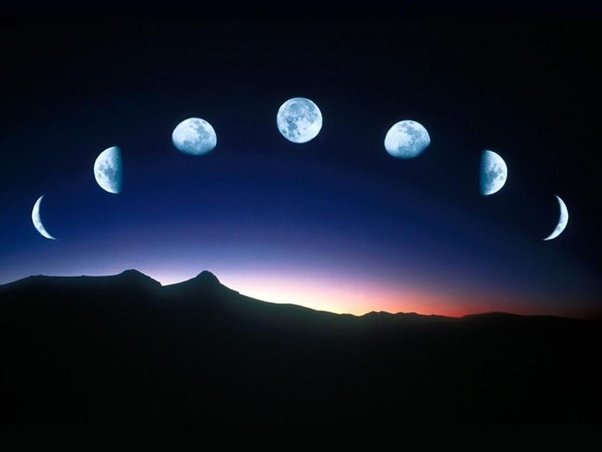
To generate your kid’s interest in science, attach your kid with nature. There are so many interesting facts about science that students can learn by themselves. They’ll learn about different species and varieties of plants and animals.
3. Trip to Science Centre
Plan a trip to a science centre at the weekend. You might feel that science centres are boring, but actually, they are not. There are many more amazing science facts for students and kids that are available for your child.
Scientific knowledge is not only essential for your children but parents also. If you know it, you can answer your child with confidence. Moreover, you can create a bond of your child with the outside world entertaining them as there are many fun and exciting facts of science here in the world. Hope you liked these amazing science facts for students and kids. Let us know if you are interested to know more facts about science!
If you are Looking for the best school in Jaipur, consider VSI International School for your child. It provides high-quality education throughout the city.
FAQs on Science Facts for Students and Kids
1. What are some interesting science facts that nobody knows?
- The one letter that is not available in the periodic table is “J.”
- Sometimes, you can freeze warm water faster than normal water.
- Although a hippopotamus may seem huge, it can still run faster than a man.
2. Do you know who is known as the father of science?
Ans. 2 Galileo Galilei was named the father of science by Albert Einstein.
3. Do you know who is named as the king of science?
Ans. 3 The king of science is physics. This is also an amazing science fact for students. This is because physics is the basis of science.





